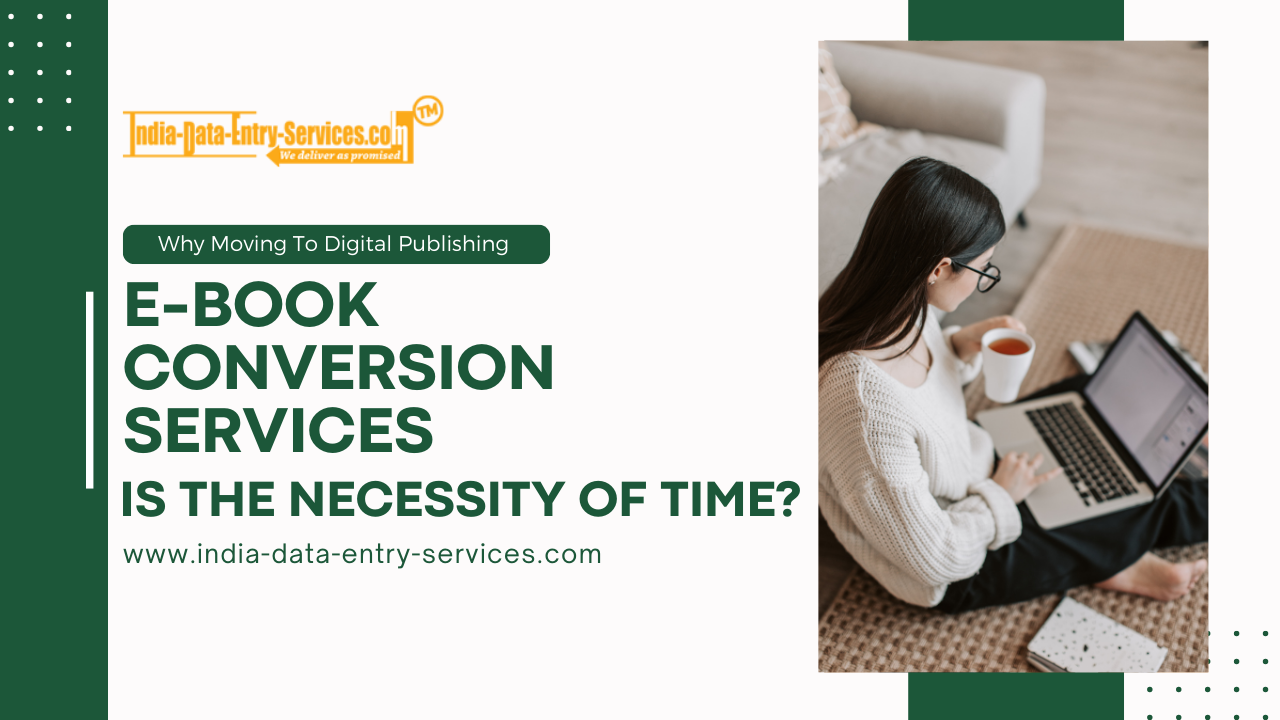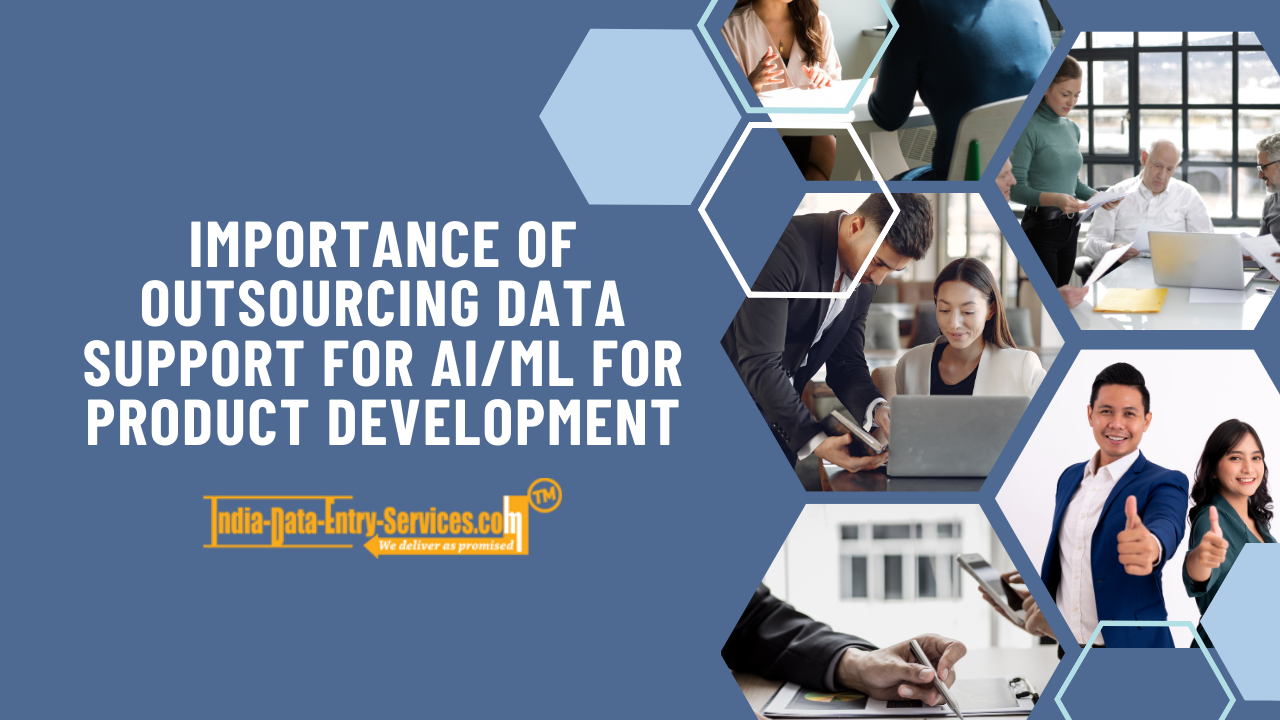Today, digitization has permeated practically into every aspect of business and the marketplace. Data is being created at a breakneck pace, from likes to tweets and shares to swipes, and it shows no signs of slowing down—oozing out of the gadgets we use every day. Massive amounts of large datasets are being generated in this digital age.
Using cutting-edge technology, the devices are diligently gathering, identifying, and processing data—whether text, video, audio, or big data and generating and providing valuable data to the corporates. No matter how sophisticated robots are, they cannot receive and understand the information in the same way that people do use their senses. This is where machine learning binds with AI. The collected data from people are used to train these machines along with deep learning algorithms. As a result, AI-based systems and their services have become essential nowadays for correctly processing and comprehending data.
Accelerate Your Business With AI Data
Incorporating smart data transformation technologies across processes allows firms to be flexible and responsive by combining human intelligence with AI, ML, and RPA. Raw data can be transformed into standardised, schema-compliant XML to aid in strategic decision-making.
If we talk about AI data capture, we imply that technologies are employed to collect and turn data into relevant insights.
Processed automation technology is how automated data capturing technologies add value to enterprises regardless of their size and genre.
Here are a few advantages of using automated data collecting systems:
- Increased effectiveness
- Paperwork and expenditures have been reduced
- Reduced percentage of mistakes
Here are 8 Automated data capture methods:
Artificial Intelligence: AI is a wide term referring to software that may "learn" to complete tasks based on selected or predetermined data. It's utilised for components of automated data collection like pattern classification, and it's especially important for any "intelligent" approaches that improve over time when they're introduced to the sorts of data and information your company utilises the most.
Web Data Capture: Web information gathering is possibly the most basic type of automated data collection. It is the process of acquiring information using internet forms. Many organisations' websites include a "contact us" form with prefilled fields that link to an email response or a form to gather email addresses for a mailing list.
Filling out paper forms is replaced by web data gathering and may capture a wide range of data and is utilised in almost every industry, from consumer sales to tax preparation.
Barcodes & QR Codes: Scanning coded, data-containing pictures, such as barcodes and QR codes, is another method of automated data acquisition. These symbols are a practical method for individuals to instantly access encrypted information, especially since applications and devices have made specialist barcode scanners obsolete.
This simple technology is frequently used for jobs like inventory tracking, batch tracking in manufacturing, patient tracking in healthcare, and more and becoming more popular in retail and marketing situations.
Optical Character Recognition: The process of converting printed text into a format that computers can recognise is known as optical character recognition (OCR). It entails scanning or imaging a document and converting the picture, sometimes using artificial intelligence, into textual data. OCR may be used to improve administrative operations, decrease mistakes, and render documents more accessible to individuals with disabilities.
Intelligent Character Recognition: Handwritten text is also converted into computer data via ICR. And it can learn as it goes—when it sees fresh handwriting or novel, sophisticated typefaces, the programme effectively educates itself on how to better collect information. It is most commonly used to scan handwritten notes, documents, or paper checks.
Intelligent Document Recognition: Intelligent document recognition is a procedure that matches data in a document to extra, relevant data. IDR is "intelligent," which implies it can be trained to read and categorise texts. It's an excellent tool for any application that relies on regular templates, such as invoicing or other documents.
Optical Mark Recognition: This system is capable of distinguishing between labelled and unlabeled boxes on forms and questionnaires. OMR is typically used to read surveys, polls, and paper ballots, although it has potential computerized systems.
Voice Recognition: Natural language processing (NLP) technology is embedded into voice assistants such as Alexa, Siri, and Cortana. It can also be integrated into electronic data collection systems.






